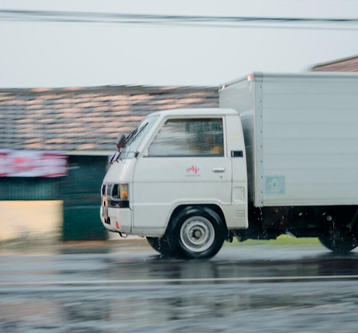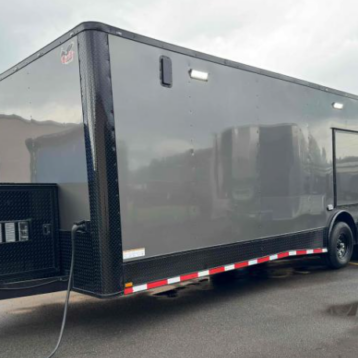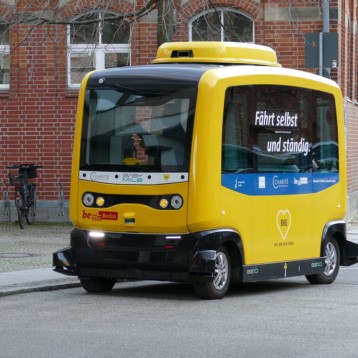Among its unique features are electrical secondary propulsion (to help lift the heavier-than-air, helium-filled Aeroscraft), air cushion takeoff/landing system (for relatively rough and remote airfields), and a digital flight management system including Fly-by-Wire (FBW), similar to that which exists in many modern combat aircrafts to help pilots control the aircraft. The Aeroscraft would be an ultra-low noise emission vehicle with very low fuel and maintenance costs, and take-off and land vertically.
The Walrus military version of the Aeroscraft, being codeveloped by Aeros and DARPA (the Defense Advanced Research Projects Agency), would carry up to 500 tons of equipment 12,000 nautical miles in less than a week and land in unimproved landing sites. However, the Walrus project is in danger of termination and its future beyond 2007 is unclear.










